An accounting standard from the Financial Accounting Standards Board (FASB) that took effect in mid-December 2022, could require your not-for-profit organization to act. Accounting Standards Update (ASU) No. 2016-13, Financial Instruments — Credit Losses (Topic 326), Measurement of Credit Losses on Financial Instruments — was primarily intended for financial institutions. But if your nonprofit adheres to Generally Accepted Accounting Principles (GAAP), you may need to report credit losses on receivables, loans and other financial assets differently than you have in the past.
Existing standard
Under the existing “incurred loss” standard, nonprofits recognize a credit loss only after a loss event has occurred or is probable. Before that point is reached, organizations record an allowance based on historical events. For example, based on previous experience, you might record an allowance for doubtful receivables in anticipation of future losses on them.
Critics have complained that this largely backward-looking model restricts an organization’s ability to record expected credit losses that don’t yet meet the “probable” threshold. In response, the FASB launched a project to better align the financial reporting on credit losses with the need of financial statement users for forward-looking information.
CECL model
The ASU mandates the current expected credit loss (CECL) model, which measures and reports expected losses over the contractual life of an asset. The measurement of expected credit losses will be based on relevant information — not just past events (including historical experience and current conditions) but also the “reasonable and supportable” forecasts that affect the collectability of the reported amount.
Several types of assets often held by nonprofits fall under the new ASU. They include trade receivables; held-to-maturity debt securities in an investment portfolio; notes receivable and other loan commitments; and lease receivables. But the ASU excludes promises to give; loans and receivables between entities under common control, and defined contribution employee benefit plan loans.
Some specifics
The ASU doesn’t prescribe a method for estimating specific credit losses. Rather, it allows nonprofits to determine which method is appropriate for their circumstances, including the nature of their financial assets. It also permits organizations to continue to use many of the loss estimation techniques currently employed.
In addition, under CECL, credit impairment is recognized as an allowance for credit losses, not as a direct write-down of the financial asset. The ASU doesn’t establish a threshold for recognizing an impairment allowance, though, so organizations also must measure expected losses on assets with a low risk of loss. That means trade receivables that are current or not yet due will have an allowance. Under the current rule, such receivables might not require an allowance.
Now In Effect
This new standard takes effect for most nonprofits for fiscal years beginning after December 15, 2022, including interim periods within those fiscal years. If you haven’t already, review your financial assets to identify those within the standard’s scope and determine the method, you’ll use to estimate expected losses. Contact us for help.



